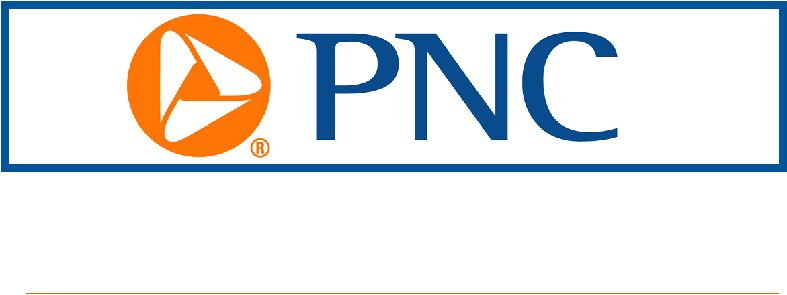
- Real GDP growth was 3.3% in the fourth quarter, better than expected. Growth in 2023 was 3.1%, up from 0.7% in 2022.
- All major components contributed to the increase in GDP, with a solid gain in consumer spending.
- Both the overall and core PCE inflation measures were at or below the FOMC’s 2% objective in the fourth quarter as inflation slows.
- The strong fourth quarter sets the economy up for continued expansion in 2024, albeit with slower growth.
- Although slowing inflation supports a near-term fed funds rate cut, the FOMC remains concerned about growth that is running above the economy’s potential.
Real GDP increased 3.3% at an annualized rate in the fourth quarter of 2023, much better than expectations for growth of around 2%. Growth was 4.9% in the third quarter. Growth for all of 2023 on a Q4-to-Q4 basis was 3.1%, much better than the 0.7% in 2022, and about double the economy’s long-run potential.
Growth was broad-based in the fourth quarter, with all major components adding to growth. Real consumer spending increased 2.8% in the quarter, adding 1.9 percentage points to annualized growth. There were solid increases in consumer spending on both services and goods. Business fixed investment rose 1.9%, adding 0.3 percentage point to growth, with increases in all three major components—structures, equipment, and intellectual property. Housing increased 1.1%, although its contribution to growth was minimal. But considering that housing investment has now increased in two consecutive quarters, after nine straight quarters of decline, the worst of the drag from housing appears to be over now that mortgage rates have peaked.
A shrinking trade deficit added 0.4 percentage point to growth in the fourth quarter, as exports rose more than imports (up 6% and 2%, respectively). Increased government spending added 0.6 percentage point to fourth quarter growth, with state and local governments accounting for about two-thirds of that, and the federal government one-third.
After a huge increase in inventories in the third quarter, they were expected to be a drag on growth in the fourth quarter. But instead, inventories added a small 0.1 percentage point to growth in the fourth quarter. However, inventory levels are high and will be a drag on growth this year.
Inflation slowed in the fourth quarter even as the economy remained strong. The personal consumption expenditures price index increased 1.7% at an annualized rate in the fourth quarter, with the core PCE price index (excluding food and energy) up 2.0% for a second straight quarter, right at the Federal Reserve’s inflation objective. However, on a year-over-year basis core PCE inflation was still elevated at 3.2%.
Today’s GDP report was better than expected. Fourth-quarter growth was strong at 3.3% annualized, capping a good year. At the same time inflation has slowed in 2023, with core PCE inflation, the Fed’s preferred inflation measure, right at their 2% objective for a second straight quarter. Consumer spending continues to increase at a steady pace, business investment growth is good, the housing market is no longer a drag, the trade deficit declined, and government spending is a positive. Inventories added to growth in the fourth quarter, although they will soon be a negative.
All of this means that the economy is starting 2024 in a good place. Growth is set to slow this year as high interest rates remain a drag, consumers will need to slow their spending growth to increase their saving, government spending growth is set to slow after a surge in 2023, the global economy is soft, and inventories are likely too high. But the U.S. economy is likely to avoid recession in 2024 as the economic fundamentals are solid.
The strong GDP release complicates the task for the Federal Reserve. After raising interest rates aggressively in 2022 and most of 2023, the Fed was hoping that the economy would grow at a pace of somewhat below 2%, what FOMC participants think is consistent with 2% inflation over the long run. Instead, growth accelerated in 2023, to well above the economy’s long-term potential.
But at the same time inflation is slowing rapidly toward the FOMC’s 2% objective. The Fed could see inflation moving toward this goal and decide to cut interest rates. But at the same time above-trend growth could reignite inflationary pressures in the economy. The FOMC is likely to take a wait-and-see approach and keep the fed funds rate, their key policy rate, in its current 5.25% to 5.50% range until it becomes clearer that growth is slowing. PNC expects the FOMC to start cutting the fed funds rate in mid-2024.














